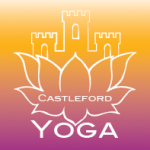
I never liked the idea of yoga because generally it is portrayed as something that only skinny, hyper flexible vegetarian hippies do. Many yogis seem to be showing off their crazy acrobatic poses on social media, which didn’t help, make it more attractive. To me, yoga is not about being able to perform fancy extreme postures, but to be able to find peace and comfort in doable postures that may not be comfortable when you first try them, all you need is your body and the willingness to explore it exactly how it is in that moment. If something improves over time, great, having practiced mindfully you will notice it and with that can celebrate your achievement.
Continue reading
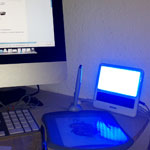
Following on from my last post on SAD (seasonal affective disorder) self-help, looking at how to utilise light therapy as a method for dealing with winter depression, here is my guide on choosing and using light therapy for winter depression. Winter depression can be quite debilitating and frustrating but it doesn’t have to be like that year-in, year-out. Personally, I find the hardest thing about winter to be getting up whilst it is still dark outside, I have been using a sunrise alarm clock since 2006 and I definitely find it makes waking up that little bit easier
Continue reading
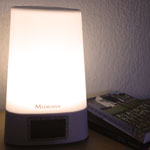
Are you feeling SAD these days? You might be craving light now that the days are getting shorter and darker. For some people the lack of daylight in autumn and winter can lead to seasonal affective disorder (SAD). SAD is a condition that typically causes feelings of lethargy and sadness throughout the winter months. Have you noticed a change in your motivation to attend your usual activities such as Yoga class or going to the gym? Maybe you feel less centred, you get irritable more easily and you feel like pulling the blanked back over your eyes when your alarm rings in the morning. Even sweet cravings can be a side effect of feeling the winter blues.
Continue reading
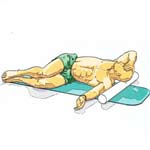
What I like about the Zone exercises is that they integrate mind and body both of which affect each other. Studies have shown that emotional tension is held in different areas of the body depending on what they relate to. Some people carry their tension in their shoulders others in their lower back. Zone related movements can help release and balance tensions a person holds which means you can also affect your posture in a positive way by practicing Zone exercises. You do not have to understand how it works or believe in the approach for it to work. If you prefer to just see this as a gentle exercise routine you will still experience great benefits as you practice with consciousness and awareness of how you body responds to each movement. It is about being in the moment, getting to know your body and listening to how it feels. If you are not ready for traditional still sitting meditation you might find the Zone exercises are a good intermediate step on your way to integration more mindfulness in your life without causing yourself the emotional stress that the thought of still meditation might trigger for you.
Continue reading

It was so exciting to find LDN medication for Ankylosing Spodylitis. When I found it, it took me about 2, 3 weeks to make my mind up to actually try to get the prescription because I was scared that it might be a false hope. I took it on the Thursday night – when I woke up in the morning I felt like I was never ill. I was straight (my posture), and the day before I was curled up, it was amazing! Anyone with AS should try it, you have got nothing to lose.
Continue reading
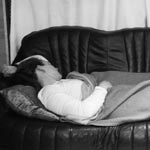
Why we need to work on getting better sleep For people with AS it is even more important to be able to sleep because the body needs the time between 10pm/ 2am to repair physically and to sort out thoughts and emotions between 2am and 6am. I generally do not advocate taking any medications, but when things get really bad, an aspirin can save the night allowing a fresh start the next day.
Continue reading
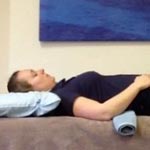
If you suffer with AS, you will be well aware that sleep is essential. Patients with ankylosing spondylitis would probably pay for sleep if you could buy it… Now I am not suggesting taking sleeping pills but it is worthwhile to look at ways of making sleeping more comfortable. I would like to share my personal sleep tuning practices that have helped me get through difficult AS pain times.
Continue reading
|







